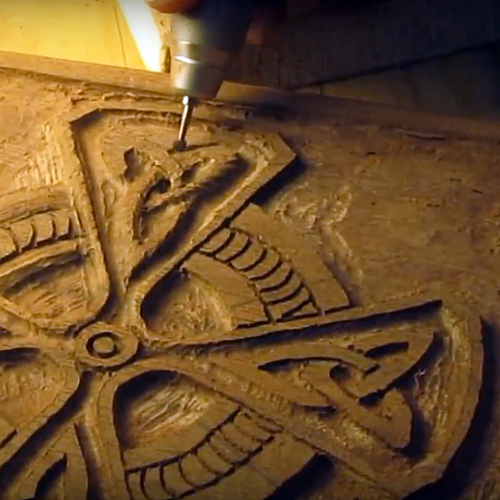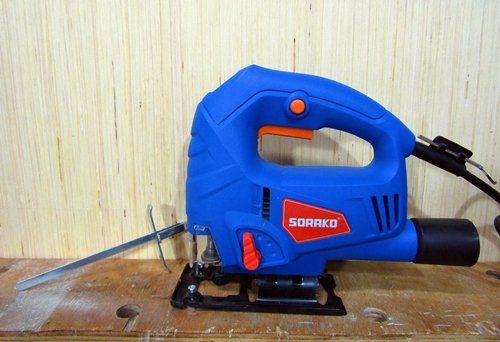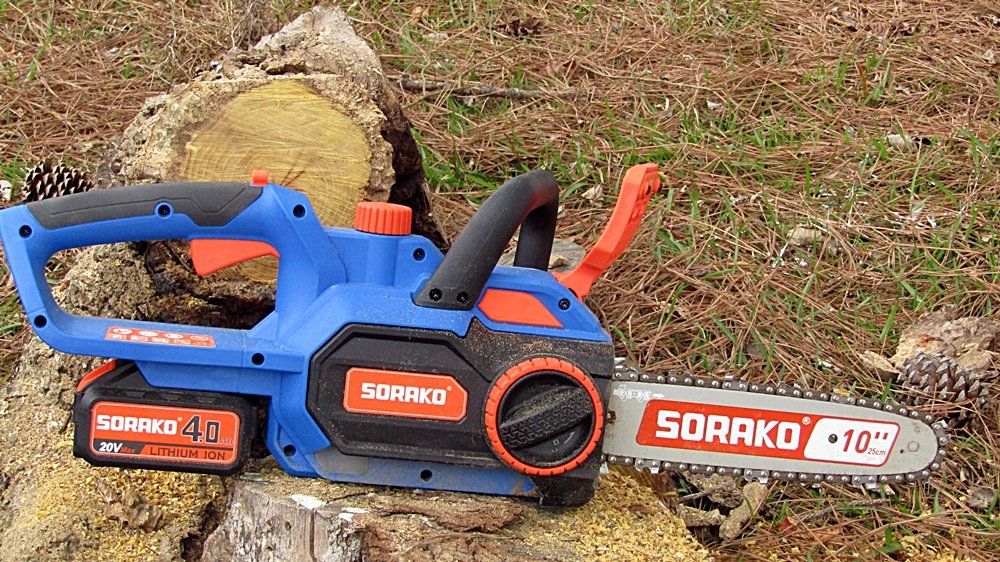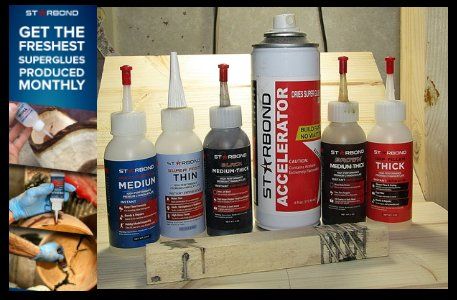Building a Celtic Keepsake Box From Walnut
February 12, 2019
A good friend and customer asked if I could make a keepsake box for him and carve a Celtic cross into the lid. Of course I could. I gave him the options of wood that I had on hand. One of which was an old walnut board that I had acquired. This walnut board is what he chose to have it made out of. Which worked out great because the board was aged and this would help give the finished box an older, aged look.
This was going to be a fun and interesting build, so naturally, I decided to record it and make a few videos on my Youtube channel of the build. Content is king, and this Celtic keepsake box would make some great content and allow me to show off how my skills at dovetails has improved. I’ll put the playlist with the videos in it below. I’d be grateful for all views you give me and please feel free to share it if you like it.
The first thing I had to do was get that old reclaimed walnut board squared. As I said, it was old and had slightly warped with the movement of the wood throughout the years. And I’m not so sure that much time was given to making sure it was 100% square to begin with. The edges were rough cut and I found different widths on both ends. Not a problem that a little work with a hand plane couldn’t fix though. I found the straightest edge and began work there to get a square reference point. Once I had the one side square, I used it as a reference against the tablesaw fence and squared the other side.
Then I measured and marked out the pieces that would make up the keepsake box. Bottom, top, and sides. Once I got those cut I trued everything up once again with a hand plane. Once I got everything trued up, I re-sawed the bottom into a thinner board that would be set into the bottom of the side pieces with a grove on all four sides. Once that piece was smoothed and true, I began marking and cutting the dovetails into the walnut boards I had cut for the front, back, and sides. Once the dovetails were cut and ready to be placed together, I made the groves for the thinner piece of walnut that would be the bottom.
I used a combination of a homemade rabbet plane and a 1/4“ chisel to make these groves. Once the groves were in, I glued up the bottom of the walnut box. Then I made sure the lid for the box was a good fit for the box and began to carve the Celtic cross design I had made into the top. For this I used the pneumatic engraver for the finer details and the Dremel rotary tool to hog out the larger area of walnut that needed to be removed. Once the Celtic cross was carved into the lid for the keepsake box, I put the finish on, and once that dried, I added the hinges and sent the box off to my friend who was very happy with the result.
Below is the playlist that has the entire build in more detail than what I cover here in my article. For me, it’s far easier to show how I did it than trying to come up with words to explain what I do here for my website. Please watch and give me some love with some thumbs up if you like the series, thumbs down if you don’t like it. And feel free to comment on the videos on the Youtube
site. These things help me better gauge what you like and don’t like. I’m certainly not here to produce things people don’t like. And if you’re not subscribed to my Youtube
channel and want to see more of what I do, please subscribe and click on the bell so you’ll be notified when I publish new content. I tend to produce much more video content that what I post here on my website. Thank you for taking time to read and please make your life a great life. Enjoy it!
Redneck Know How Blog

Every fisherman has his or her own favorite techniques to catch this beloved fish. Why is crappie, (or pomoxis, if you want to get scientific), are so beloved? Well, they give one heck of a fight when caught. A 2 lb. crappie can put up a fight to rival a bass of larger size. So catching them is fun. There is also the taste factor. Fried crappie tastes great.
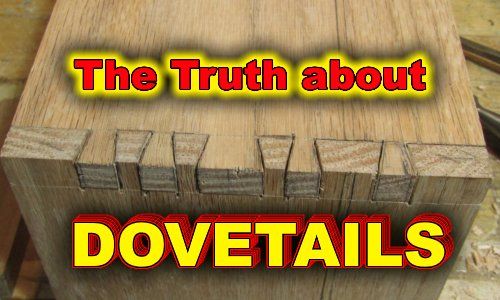
Everybody seems to be in love with dovetails these days. Myself included. They look nice, feel nice, and they make the woodworker feel an overwhelming since of pride when he makes tight and even. Especially the hand cut dovetails. Dovetail joints can be produced with power tools. And there are dovetail jigs you can buy and make. It makes getting precise dovetails with no gaps a lot easier. But nothing feels more satisfying than finally getting hand cut dovetails tight and gap free. And for the record, I use the term, “gap free”, very loosely. I’d wager that even the best woodworker gets gaps in their dovetails no matter how hard they try. Maybe not as many as us new to middlin’ woodworkers, and certainly not as noticeable, but there are gaps in their dovetails. Nowadays, people use dovetails not only as a joint, but as decoration. A showpiece if you will to show off the craftsmanship of the woodworker. But the reality is that they were not originally meant to be pretty. They were utilized to hold pieces that were heavily used together. Such as drawers or other parts of furniture and other items that were constantly pulled or tugged on. In the example below, you can see how the angles of the dovetails will keep the joint from coming apart during the tugging of the drawer when opening it. This part of the joint is where the dovetail joint get’s it’s name. Often when used on boxes, the orientation of those angles are switched around, placing them on the front of the box as a decoration, and the pins of the joint is put on the side. Great for looks, not so great for function. Of course for most smaller boxes, the function of the dovetail really isn’t needed and using dovetails for looks is fine and an anesthetically pleasing way to show off craftsmanship. But let’s not give up on using the dovetail joint for utilitarian purposes when building boxes too quickly. They can be a great way to join a bottom to a box that will be holding heavier stuff, such as tool boxes. The angle of the dovetails can manage the stresses of carrying heavier items such as tools if you wish to maintain a *NO screws or nails* policy on your woodworking projects. Or you can use the dovetail joint along with screws for extra protection against the bottom dropping out. So the purpose of the dovetail is a lot more than to just make your woodworking look good. In fact, long ago, they were hidden. Simply a way to join parts and give them the strength to do what the item was meant to do, and be hidden when the drawer was closed. Using the dovetail joint for decoration is a modern thing. Which I have nothing against. I love to show off dovetails I’ve made nearly perfect. Well, in my eyes anyway. Roy Underhill and Paul Sellers would likely just look at them and grin, maybe chuckle at me being so proud of something so far from the skill level they have achieved.



